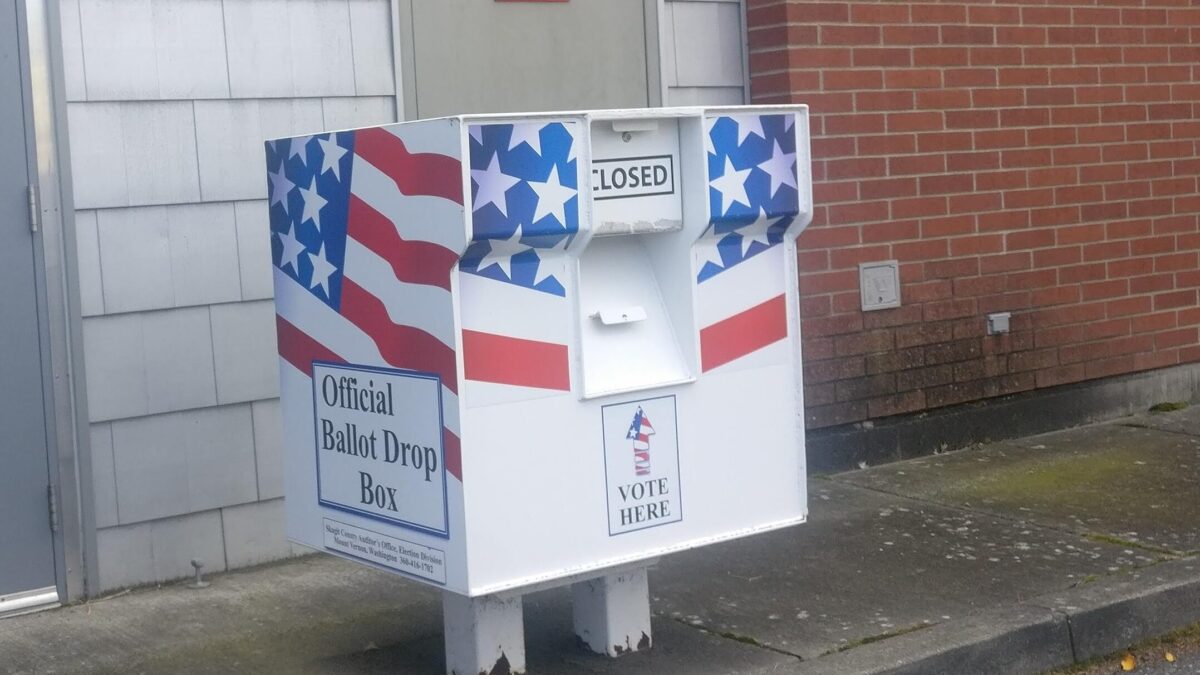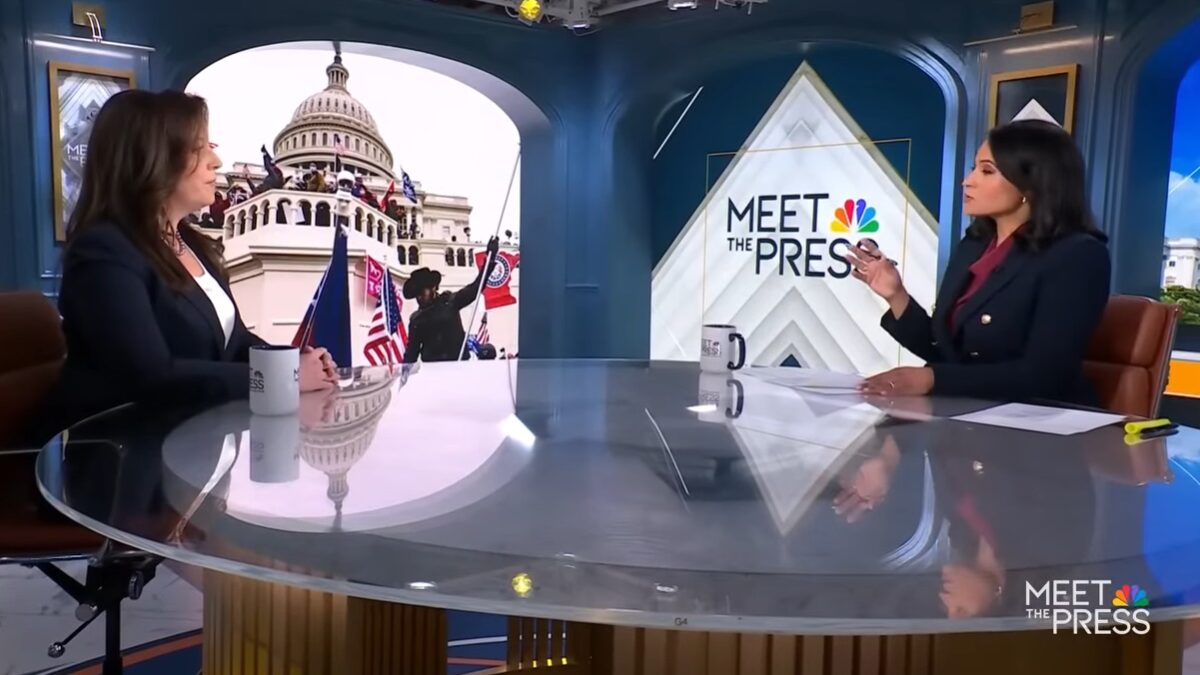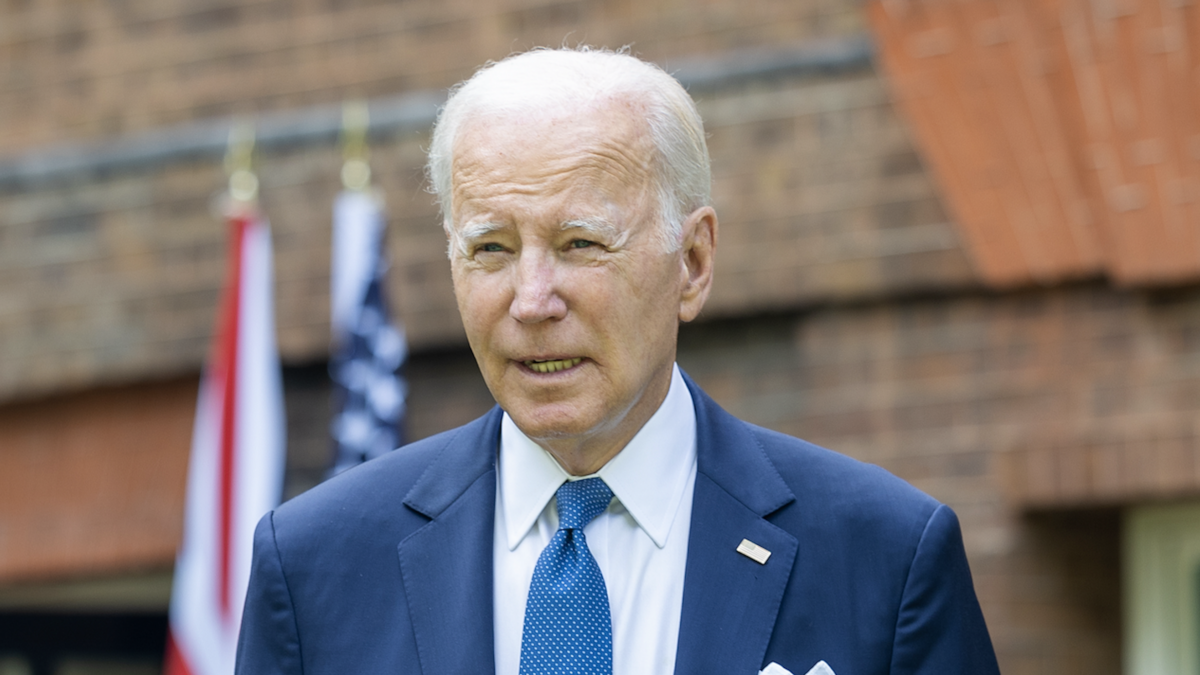Immigration hardliners hailed President Trump’s recent executive order that expands current restrictions on immigration. Although a previous order did not restrict guest-worker programs, now new H-1B tech worker visas, H-2B seasonal worker visas, educational exchange and executive transfer visas have all been paused until the end of December.
Even before coronavirus shutdowns caused more than 30 million Americans to become unemployed, the government should have been doing more to help American workers. Poorer Americans may especially be harmed by mass low-wage immigration, and the sorts of restrictions contained in the order can spur employers to hire working-class Americans first.
But as the nationalist right celebrates a long-sought-after policy victory, they (we!) should be careful to not view reducing immigration as the solution to every problem working-class Americans face. Reducing immigration should not become the nationalist’ analog of cutting taxes.
Leaders on the right lose credibility and weaken their coalition when they act as if cutting taxes is the answer to every question and the only policy lever that exists. Lower immigration is a means to a worthy end: an economy that helps all Americans. It may even be the most important means to that end. But it’s not everything.
The working class needs more than just fewer low-wage immigrants to compete against. They often face regulatory, legal, and skill barriers that prevent them from applying for certain jobs in the first place. Reducing the immigrant labor pool will not fix those problems. Rather, it will engender backlash from the professional managerial class and the U.S. Chamber of Commerce. Whether we like it or not, their influence helps explain why restrictionists are often defeated.
Calls to reduce immigration would be more politically effective—and more meaningfully improve working-class prospects—if they were paired with policies that make it easier for Americans to enter the labor force.
Here’s an example to illustrate. For the past two years, my wife and I have used an au pair (foreign live-in nanny on a J-1 visa) for childcare. We did a lot of research, but we couldn’t find any other affordable option that would allow us to accept a placement for a four-month-old foster baby on a few hours’ notice, as we did last month. Having an au pair works best for our family arrangement.
Here’s the rub: both my wife and I would much prefer to hire an American, but domestic live-in nannies are simply too expensive. And it’s not just live-in nannies. American childcare is expensive across the board, and one of the big reasons Americans have fewer children than they want.
Perhaps we should have hired an American and been willing to pay more. Trump’s order means that we now have no choice but to do both. But we will also have no choice but to live with less childcare and less flexibility.
Perhaps this calculus is worth it for the country. But an America-first conservativism will lose much more than it wins if it forces people to make these sorts of tradeoffs. You have already lost my wife—and she wants to hire American!
This policy alone will not help build a domestic industry that offers Americans child-care options that suit their needs. It will just cause many families to go into a holding pattern until the order ends and au pairs are reinstated. Nationalist conservatives would have a lot more support if, in addition to temporarily pausing the au pair program, they had also fought more strongly for wage subsidies, fewer regulations to make it easier to start day-cares, to exempt live-in nannies from minimum-wage laws, and so on.
These sorts of policies—especially the loosening of regulations—would all help increase the supply of domestic workers. In this case at least, a freer market would support different wage structures for live-in nannies, thus helping both the domestic childcare workforce and many families.
We on the nationalist right should thus be careful not to take its growing skepticism of free-market economics too far. A right that judiciously uses the tools of capitalism will better help the American working-class and be more politically relevant than one that primarily harps on immigration. To form a durable, winning coalition, there is no other way.









